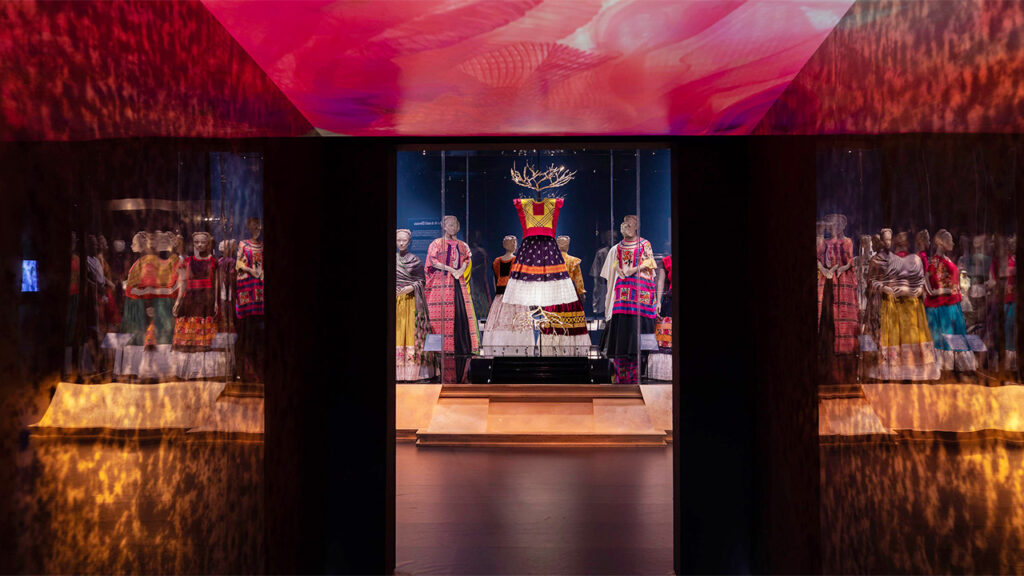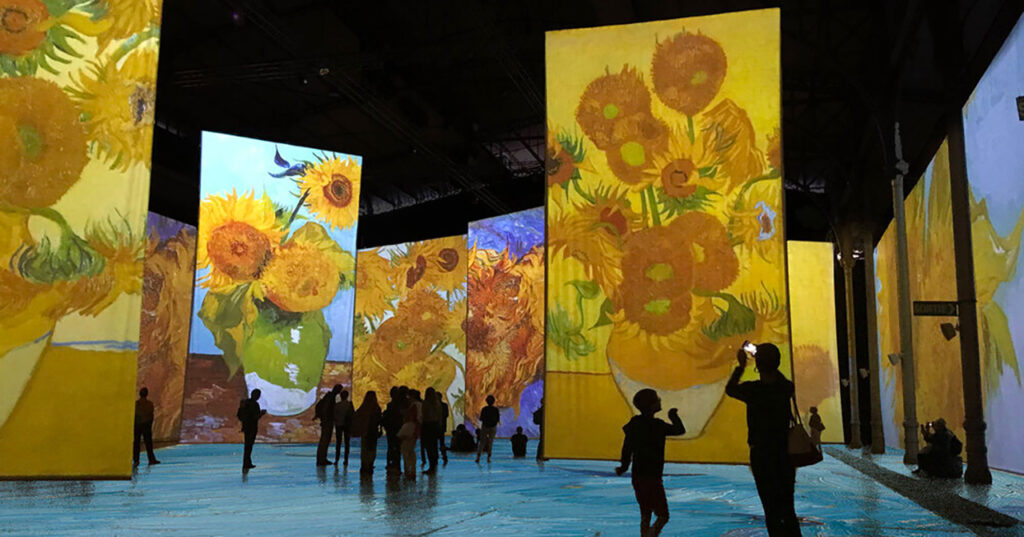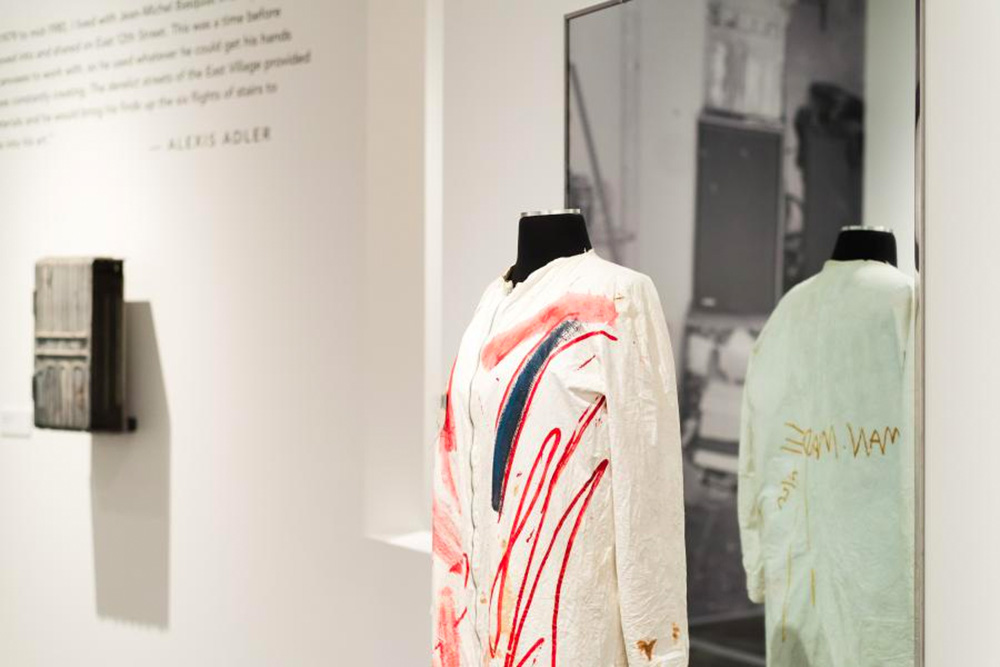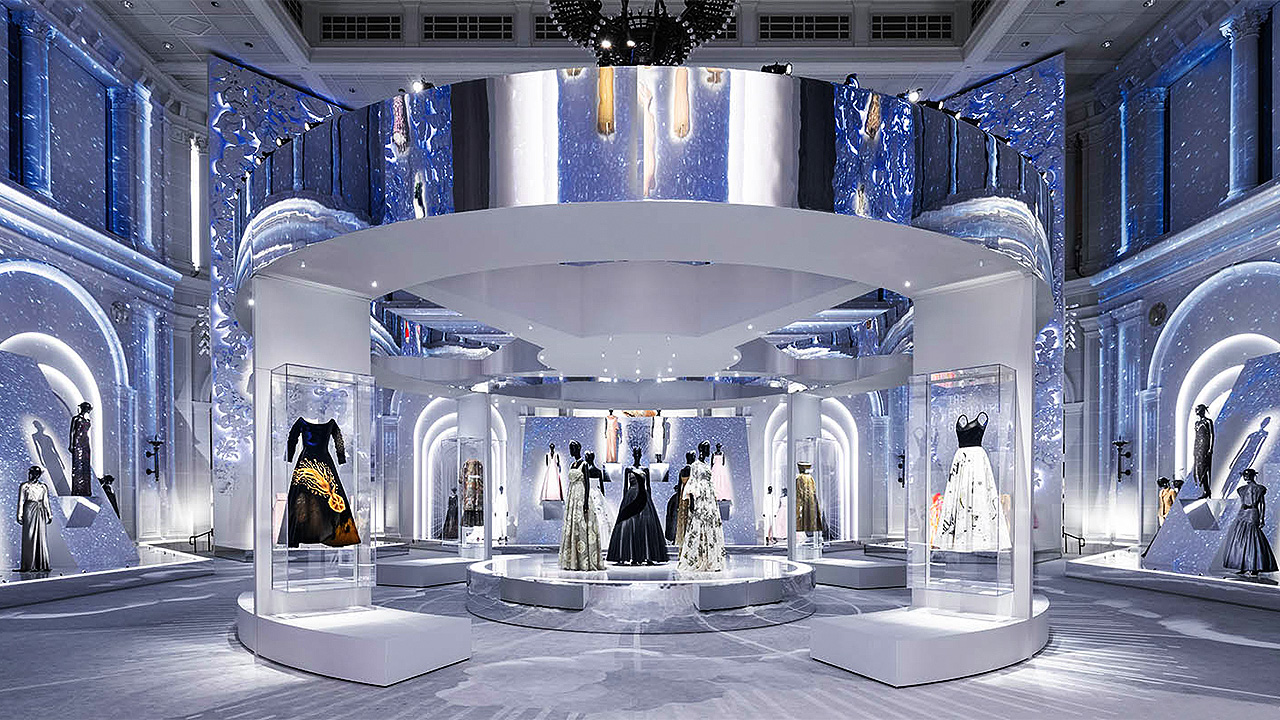The age of the museum blockbuster is over, and rightfully so. This was one chorus sounded by art writers, academics, and countless museum stakeholders as institutions locked down in early 2020, and braced themselves for the unknown, a new world in which audiences were welcomed not at the door but from behind screens.
The triumphalism proclaimed in certain corners stemmed from a concern that museum success had come to be defined by visitor numbers alone, a metric necessitating ever-larger blockbuster exhibitions — endeavors that are expensive, logistically complex, and environmentally costly. The Frida Kahlo exhibition that graced London’s Victoria & Albert Museum and the Brooklyn Museum in 2019, for example, pumped 110 tonnes of CO2 into the atmosphere.
The pandemic, so the thinking went, would act as a circuit breaker, one forcing institutions to reassess revenue sources, prioritize non-physical audiences through online initiatives, and revisit their permanent recollections. Exhibitions, once they returned, might be smaller in scale, less frequent, and more sustainable.

Frida Kahlo: Making Her Self Up at the V&A. Image: © Victoria and Albert Museum, London
Eighteen months on from lockdowns, results are mixed. A digital revolution has duly followed, with museums seeking alternate funding through new commercial collaborations, crossover products, and even ventures into the realm of NFTs. On the exhibition front, however, while some have looked in-house — Cleveland Museum of Art held Stories from Storage and Boston MFA presented its collection of Monets to celebrate its 150th anniversary — masked up and vaccinated audiences are being lured anew to glitzy, technologically driven exhibitions.
A show exploring Machu Picchu has begun an extensive tour in Boca Raton, Florida, the Brooklyn Museum has devoted 22,000-square-feet to a Christian Dior homage that did the pre-COVID rounds of Paris, London, and Shanghai, and a vast exploration of Harry Potter’s wizarding world is set to debut at Philadelphia’s Franklin Institute before touring venues around the country. So much for a post-pandemic downsize.
Nonetheless, resource and object-intensive blockbuster exhibitions, the likes of which were first pioneered by the Metropolitan Museum of Art in the 1980s, may be giving way to what Manon Delaury, Founder of touring exhibitions platform Teo, terms “sensible blockbusters.” “The blockbuster as pursued for the past two decades can no longer be,” she says. “We need exhibitions conceived with sustainable development considerations, ones more meaningful and open to local audiences.”

Imagine Van Gogh, an exhibition produced by lililillilil. Image: Imagine Exhibitions
One byproduct of pandemic-era travel disruptions has been the emergence of virtual couriering, technology-enabled tracking that replaces the longstanding practice of personal couriering that in some cases is responsible for three-quarters of an exhibition’s carbon footprint. It’s also significantly more economic, with the Design Museum estimating savings of around $13,800 for shifting 300 objects via Articheck’s Virtual Courier. Extrapolating on a global scale, Articheck suggests industry-wide savings could run into the billions.
Another facet lightening the footprint of exhibitions, Manon notes, is the integration of digital elements within physical exhibitions. This applies both to the inclusion of immersive elements, the likes of which gained popularity in the late 2010s, sometimes replacing physical objects and by offering hybrid format exhibitions. One such example is a landmark show of Udaipur art organized by the National Museum of Asian Art at the Smithsonian for its centennial in 2023. “We’re creating both an immersive experience with soundscapes and digital tools for in-person visitors,” says Sonia Coman-Ernstoff, the museum’s Audience Engagement Strategist, “and a vibrant virtual component to make the show available to millions around the world.”
While data gleaned from digital programs launched during the pandemic has shown museum audiences to be truly global, now reopened, there’s a renewed push to redefine the metrics by which a museum is deemed successful, most pertinently by the extent to which they engage local communities. It’s a point long labored by art historian Maxwell Anderson, who cites the number of warm bodies crossing the threshold as an insipid means of measuring success. Better, he argues, are metrics such as the quality of museum experience, the fulfillment of an institution’s educational mandate, and its reputation in the local community.
When it comes to exhibitions themselves, Maxwell dismisses visitor numbers in place of factors such as the extent to which shows include collection works, a point echoed by Manon, who believes sensible blockbusters “must be more meaningful and open to local audiences” and “organically integrated within their social and cultural ecosystems.”

Basquiat Before Basquiat at MCA Denver. Image: MCA Denver
It’s an approach being entertained by MCA Denver, an institution that in recent years has established its reputation as a thought leader in contemporary art through blockbuster exhibitions such as Basquiat Before Basquiat and Marilyn Minter: Pretty/Dirty that have embarked on extensive tours. “We’re committed as ever to organizing ambitious exhibitions,” says Director Nora Burnett Abrams, noting an open-mindedness to “intimate, smaller-scale projects.”
Blockbuster may be something of a tainted word in a cultural sector emerging through the pandemic with a new set of priorities, but ultimately, large-scale exhibitions are likely to endure — albeit altered in crucial ways. It’s a point made by Tom Zaller, CEO of Imagine Exhibitions, the organization that’s produced Da Vinci The Exhibition, Titanic the Exhibition, and the upcoming Harry Potter show. “It’s in the name, ‘blockbuster’,” he says. “Who in the world doesn’t want a successful exhibition?” A good question indeed.



